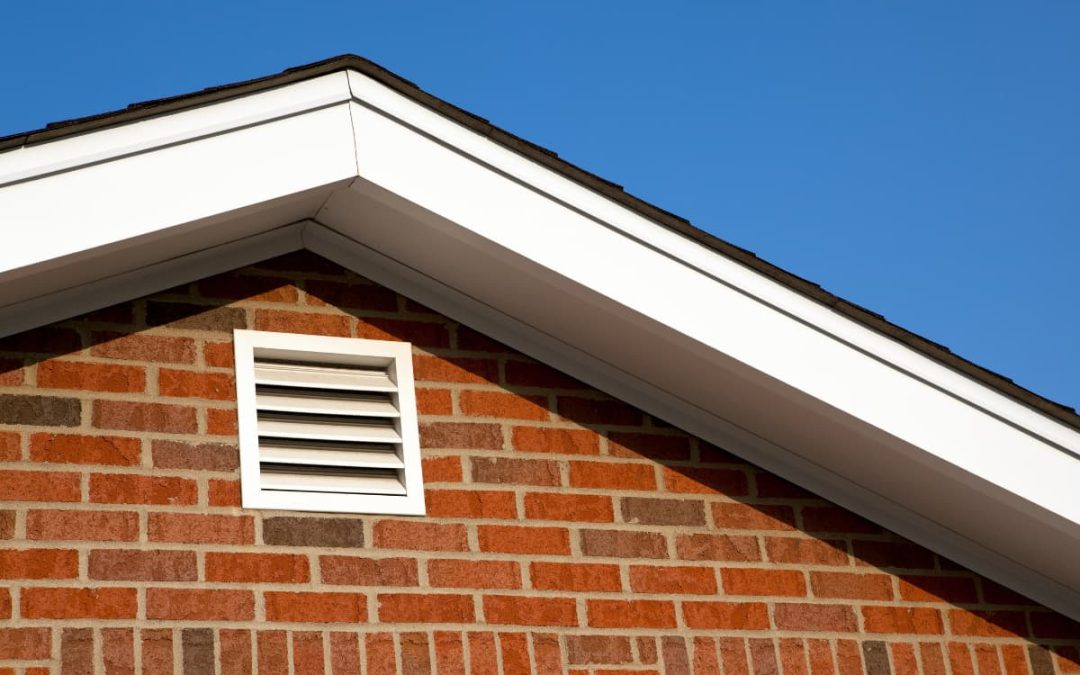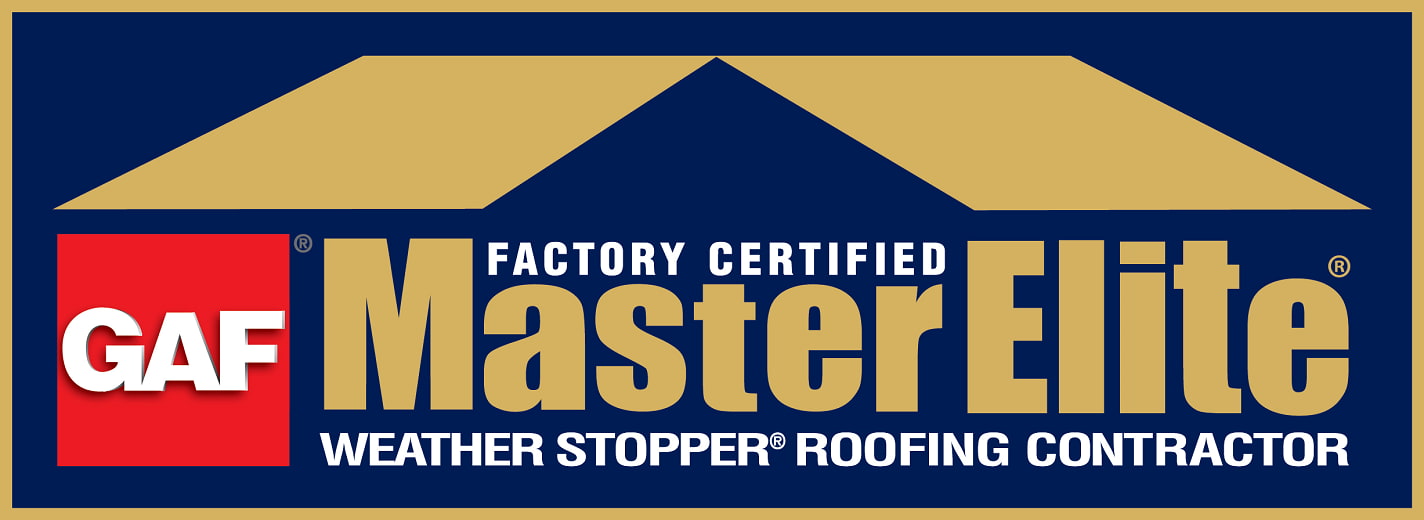Although attic ventilation is not the most intriguing topic, it is required for upkeeping a healthy home. However, many homeowners overlook its relevance, which can result in issues such as an increase in temperature within the house, worries related to excessive moisture, and so on.
Since roof exhaust vent is crucial for your home, this article will provide the basics of attic ventilation, so keep reading!
Roof Ventilation: Why You Need It
An attic vent is often ignored and underestimated, despite being a crucial part of any well-designed home if you want to prevent issues from occurring. Additionally, by eliminating excess moisture from the attic, roof ventilation safeguards your roofing materials from premature deterioration and decreases the risk of rot.
Top Seven Reasons to Vent a Roof
Venting a roof is important to prevent heat buildup, moisture accumulation, and potential structural damage. Apart from that, here are our top reasons to vent a roof:
- Roof Warranty: Roof manufacturers require adequate ventilation, and failure to comply will void all warranty claims.
- Mold & Mildew: Warm and moist surfaces are ideal for roof condensation, mold, and mildew formation.
- Health Concerns: If left untreated, occupants can experience health issues.
- Excess Heat: Trapped heat leads to an uncomfortable and hot home, forcing you to rely on extra fans or air conditioning, resulting in higher energy costs.
- Sheathing Damage: Treating or replacing moldy plywood sheathing is essential, and if replacement is necessary, it can only be done during a roof replacement process.
- Roofing Damage: Elevated surface temperatures cause cracking, bending, and premature deterioration of shingles.
- Ice Damming: Freezing water on eaves can lead to ice buildup under the shingles, resulting in water damage and roof failure.
Roof Ventilation
Roof ventilation is mandated by building regulations and manufacturers, with valid and important explanations.
Moisture & Condensation
As our homes heat up from various sources like heating, cooking, and bathing, the warm air carries moisture, which accumulates in ceilings and attics. When this warm, moist air meets colder surfaces like roof decks or ceilings, it undergoes condensation, leading to mold and mildew formation. This condensation can occur with any type of roof, including asphalt-composition roofs, tile, cedar, metal, flat, torch down, TPO, and PVC roofs. Hence, proper roof ventilation becomes essential in preventing such problems and maintaining a healthy and dry environment within the residence.
How Does Ventilation Help?
By incorporating air intake vents near the eaves and exhaust vents near the roof ridge, natural airflow is established across the underside of the roof deck, eliminating excessive heat and moisture. This intelligent roof ventilation system not only maintains a cooler and drier interior during warmer months but also safeguards against the formation of ice dams during winter.
Intake Vents
The intake vents serve as a roof means for inhaling cold and dry air, contributing to good ventilation of the house. In most modern homes, intake ventilation is commonly situated at or near the eaves. However, ensuring the right quantity of intake is crucial, and it is equally important to verify that vents are unobstructed internally, free from insulation or other potential blockages.
No Intake Ventilation?
Older houses built before the 1960s and some manufactured homes do not have appropriate intake ventilation. Therefore, it is crucial to address this issue by introducing or improving intake ventilation to comply with manufacturer and building regulations.
What Are Smart Vents?
The implementation of smart ventilation openings offers a suitable way of introducing supply ventilation in older house structures. These vents are installed several feet above the eave edge, offering several advantages. Smart vents’ benefits include incorporating intake ventilation without resorting to extensive renovations.
Exhaust Ventilation
Exhaust ventilation plays a crucial role in facilitating heat and moisture release from your roof, as they are located near the top of the roof. By expelling accumulated heat and moisture, these vents help to maintain a balanced and comfortable indoor environment.
What Are Gable Vents?
Gable-style houses typically feature roof gable vents, which play a key role in enhancing attic airflow. These vents work well when combined with box ventilation, but they can create interference with ridge vents. If you decide to upgrade to a ridge vent, blocking the gable vents from the inside is crucial to prevent any potential issues. Furthermore, gable vent installation enables a well-ventilated attic.
What Are Box Vents?
Box vents, positioned near the ridge of the roof, serve as essential airflow channels, eliminating surplus heat and moisture from the attic. The calculation of the necessary number of box vents depends on the attic’s size, and it is crucial to strike a balance between box vents and intake ventilation to maintain a harmonious and efficient airflow system within the attic.
What Are Soffit Vents?
Typically located under the eaves, soffit vents allow cool, fresh air to enter the attic while pushing out hot, moist air. Soffit vent installation can be easy if you have all the necessary tools, and it will work seamlessly with other ventilation systems, such as ridge vents and gable vents.
What Is Ridge Ventilation?
Ridge vents are cleverly hidden beneath ridge cap shingles and are more efficient at removing heat and moisture. These vents are suitable for gable-style roofs or roofs where the ridge line provides sufficient length for proper exhaust ventilation. Keep in mind that appropriate installation and evaluation of the roof’s compatibility are essential to benefit from the efficiency and functionality of ridge vents.
What Are Powered Attic Fans?
Powered attic fans are often not the primary option for roof ventilation, but they can offer a cost-effective solution when a complete roof replacement is not needed. These fans operate solely during daylight, harnessing solar energy to power their functionality.
Say Goodbye to Moisture and Heat Issues: Attic Ventilation Solutions by Gutter & Roof Solutions NW
Roof ventilation is a complex topic that encompasses various key aspects beyond what a short article can fully explore. That’s why our team at Gutter & Roof Solutions NW undergoes extensive training, devoting countless hours to understanding every aspect of this critical process. Therefore, don’t leave this procedure to someone without experience; choose skilled, experienced, and licensed roofing contractors!
Are you looking for professional guidance on roof ventilation? Our roofing company in Auburn, WA, is fully equipped to offer you expert advice and assistance.




 (866) 271-1757
(866) 271-1757


